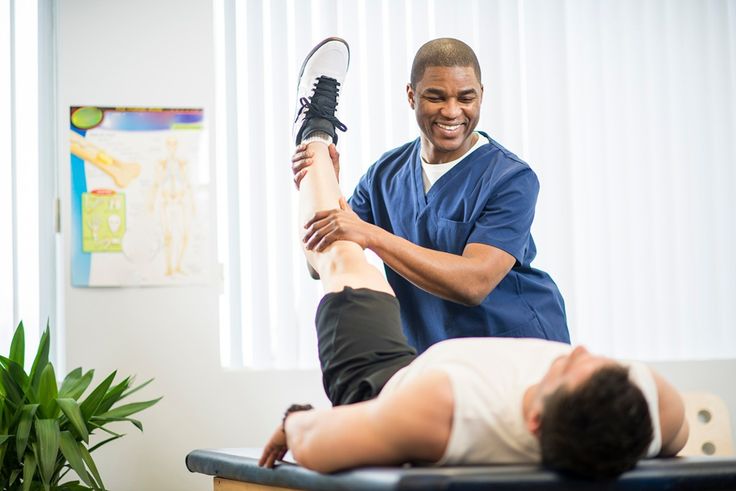Manual Therapy: What It Is and How It Works
Manual therapy is a specialized form of physical therapy that involves hands-on techniques to diagnose, treat, and prevent musculoskeletal pain and dysfunction. It plays a crucial role in enhancing mobility, reducing pain, and improving overall quality of life for patients. Let’s delve into what manual therapy entails, its techniques, and its profound impact on recovery.
Manual therapy encompasses a variety of skilled techniques performed by trained therapists. These techniques aim to manipulate joints and soft tissues to alleviate pain, restore function, and promote healing. Unlike some forms of therapy that rely on equipment or machines, manual therapy relies solely on the therapist’s hands, expertise, and sensitivity to the patient’s needs.
Common Manual Therapy Techniques
- Joint Mobilization: This technique involves gentle movements of the joints to improve range of motion and reduce stiffness. Therapists apply controlled pressure to specific joints, guiding them through their natural movements to restore optimal function.
- Soft Tissue Mobilization: Targeting muscles, tendons, ligaments, and fascia, soft tissue mobilization aims to release tension, improve circulation, and enhance flexibility. Techniques such as deep tissue massage, myofascial release, and trigger point therapy fall under this category.
- Manipulation: Often referred to as high-velocity, low-amplitude thrusts (HVLA), manipulation involves quick, controlled movements of joints beyond their normal range of motion. It aims to improve joint function, reduce pain, and restore mobility.
- Muscle Energy Techniques (MET): MET involves the active and voluntary contraction of muscles against a therapist’s resistance in a specific direction. This technique helps improve muscle strength, flexibility, and joint stability.
- Strain-Counterstrain: Also known as positional release, this technique involves placing the affected joint or muscle in a position of maximum comfort to reduce pain and muscle spasms. It focuses on resetting the muscle to its normal state.
Role of Manual Therapy in Recovery and Pain Relief
Manual therapy is highly effective in treating a wide range of musculoskeletal conditions, including:
- Neck and Back Pain: Techniques such as spinal manipulation and soft tissue mobilization can alleviate pain caused by strains, herniated discs, or poor posture.
- Sports Injuries: Athletes benefit from manual therapy to recover from injuries like sprains, strains, and tendonitis, enhancing their rehabilitation process.
- Joint Disorders: Conditions like arthritis or joint stiffness can be managed through joint mobilization techniques, improving joint mobility and reducing discomfort.
Benefits Beyond Pain Relief
Beyond pain relief and recovery, manual therapy offers additional benefits:
- Improved Circulation: Techniques like massage improve blood flow, promoting faster healing of injured tissues.
- Enhanced Mobility: By restoring joint mobility and flexibility, manual therapy helps patients regain functional movement and prevent future injuries.
- Holistic Approach: It considers the whole body’s interconnectedness, addressing not just symptoms but underlying causes of dysfunction.
Conclusion
Manual therapy stands as a cornerstone of modern physical therapy, offering personalized care and effective treatment for musculoskeletal issues. By combining advanced techniques with a deep understanding of anatomy and physiology, therapists empower patients to achieve optimal health and wellness. Whether recovering from an injury, managing chronic pain, or enhancing athletic performance, manual therapy provides a path to restored function and improved quality of life.

